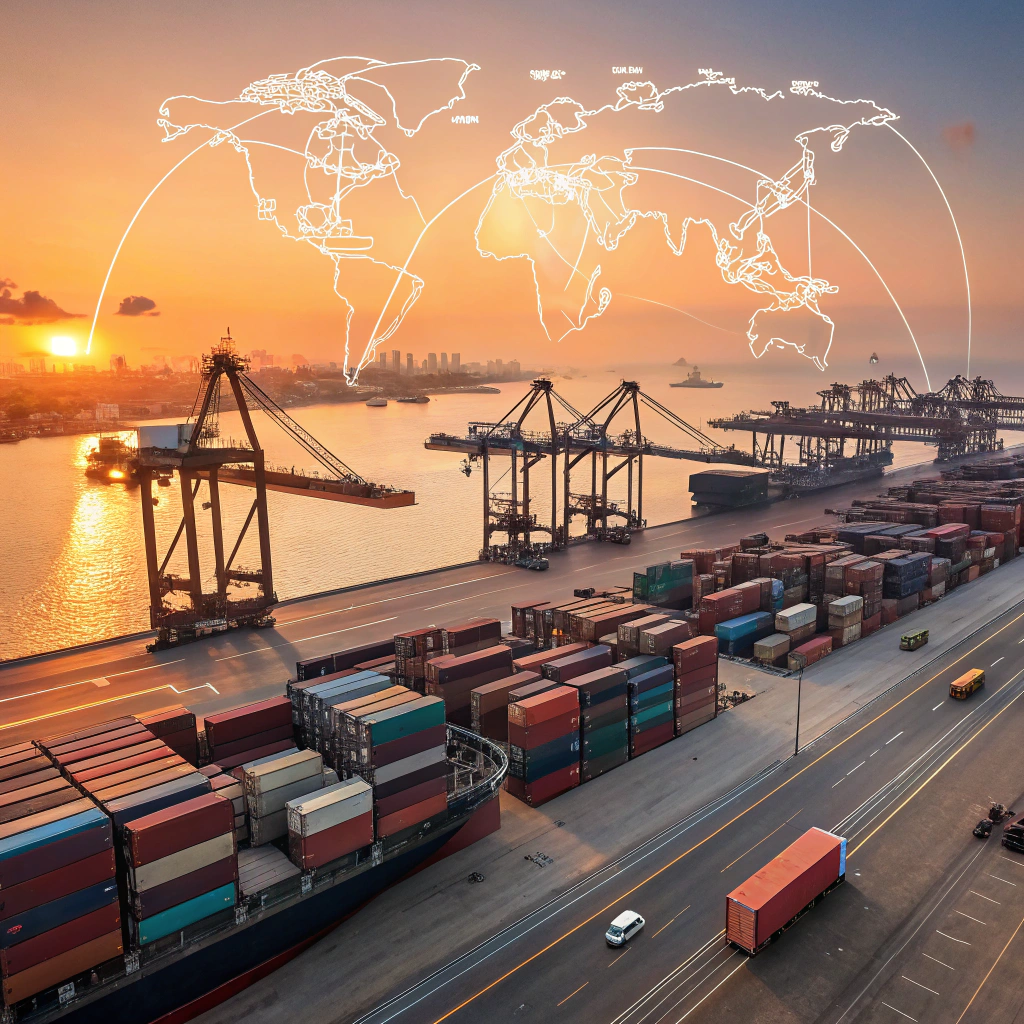Global Supply Chain Resilience Tested as Geopolitical Tensions Impact Trade Routes

International trade networks face mounting pressure as geopolitical developments force companies to reassess supply chain strategies and diversify sourcing arrangements. Recent disruptions to major shipping routes have highlighted vulnerabilities in just-in-time manufacturing models, prompting a fundamental rethink of global commerce architecture that prioritizes resilience over pure efficiency.
Container shipping rates have surged 45% since the beginning of the year, driven by route diversions and increased insurance costs. Major shipping companies report average transit times have extended by 12-15 days for Asia-Europe routes as vessels navigate alternative pathways. These delays ripple through supply chains, affecting inventory levels, production schedules, and ultimately consumer prices across multiple sectors.
Manufacturing companies are responding by accelerating “friend-shoring” initiatives, relocating production facilities to allied nations with stable political relationships. Mexico has emerged as a primary beneficiary, with foreign direct investment in manufacturing facilities reaching record levels. Industrial real estate along the US-Mexico border commands premium prices as companies establish new production hubs closer to North American consumers.
The automotive industry exemplifies these shifting dynamics. Major automakers are investing billions in regional battery production facilities, reducing dependence on Asian suppliers for critical electric vehicle components. Ford announced a $3.5 billion battery plant in Michigan, while Stellantis partnered with Samsung to build facilities in Indiana. These investments reflect both supply chain risk mitigation and response to government incentives promoting domestic manufacturing.
Financial markets are recalibrating risk assessments to account for geopolitical factors. Supply chain finance providers report increased demand for trade credit insurance and working capital solutions as companies buffer against disruption. Currency hedging strategies have grown more complex as businesses navigate multiple jurisdictions with varying political stability and regulatory environments.
Technology plays an increasingly critical role in supply chain adaptation. Artificial intelligence platforms that provide real-time visibility and predictive analytics for logistics operations have seen adoption rates triple over the past year. Blockchain-based systems for supply chain verification and compliance are moving from pilot programs to production deployments, particularly in industries facing stringent regulatory requirements.
Raw material sourcing presents particular challenges. Critical minerals essential for renewable energy infrastructure and advanced electronics remain concentrated in limited geographic regions. Governments worldwide are implementing strategic stockpiling programs and investing in alternative extraction technologies. Mining companies with diversified geographic portfolios command valuation premiums as investors recognize the strategic importance of supply security.
The transformation extends to financial services supporting global trade. Trade finance digitization accelerates as banks seek to reduce processing times and costs while improving risk management. Letter of credit processing that once required weeks now completes in days through digital platforms. These efficiency gains partially offset increased costs from supply chain complexity, though overall trade finance margins have expanded due to heightened risk premiums.
Small and medium enterprises face disproportionate challenges adapting to this new environment. Limited resources for supply chain diversification and reduced access to sophisticated risk management tools create competitive disadvantages. Government programs providing subsidized trade finance and technical assistance have expanded, though many businesses report these initiatives fail to fully address their needs.
Looking forward, supply chain resilience will likely remain a boardroom priority regardless of how immediate geopolitical tensions evolve. The era of optimizing solely for cost efficiency has ended, replaced by multi-factor decision frameworks balancing efficiency, resilience, and geopolitical risk. This structural shift implies lasting changes to global trade patterns, with significant implications for economic growth, inflation dynamics, and investment opportunities across sectors.

